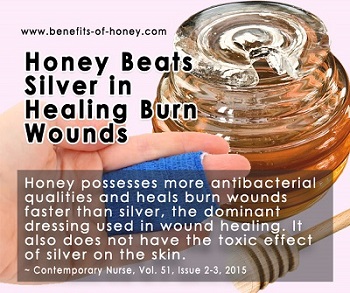

Predicting and managing sepsis in burn patients: Current perspectives. Epidemiology of pneumonia in a burn care unit: The influence of inhalation trauma on pneumonia and of pneumonia on burn mortality. You can learn more about how we ensure our content is accurate and current by reading our editorial policy. We link primary sources - including studies, scientific references, and statistics - within each article and also list them in the resources section at the bottom of our articles. Medical News Today has strict sourcing guidelines and draws only from peer-reviewed studies, academic research institutions, and medical journals and associations. Tetanus shot: As tetanus bacteria are more likely to trigger infections through burn wounds, a person may receive a tetanus shot to prevent this.Medication: A person will likely receive several different medications, such as antibiotics and pain medication, to prevent infection and ease pain.Intravenous fluids: Some people may receive extra fluids to maintain their blood pressure and prevent shock.
Chemical burn treatment skin#
A doctor may use a combination of natural skin grafts, artificial skin products, or laboratory-grown skin.

However, in some cases, such as with severe burns, the body may overreact, and the inflammatory response may cause more harm. Normally, the body produces an inflammatory response to protect itself from injury, infection, or other threats. Severe burns can also result in potentially fatal complications. a lack of pain due to damage to nerve endings.skin discoloration, which can include the skin becoming:.

Common symptomsĬommon symptoms of full-thickness burns may lead to: Sixth degree burn: This type of burn extends to the bone.Īny severe burn will typically be apparent and will require treatment at the hospital.Fifth degree burn: This burn type extends into muscle.Fourth degree burn: This type of burn extends into fat.They may also damage the underlying tissue and always require a skin graft. Third degree burn: These burns completely damage the skin, including hair follicles and sweat glands.Second degree burns may require a graft and typically leave scars. Second degree burn : Also known as partial-thickness burns, this type damages the top two layers of skin.This burn damages the outermost layer of skin and typically heals on its own within 1 week. First degree burn : Also known as superficial burns, these are the most common type.the hypodermis in some cases, which is the subcutaneous tissue and the innermost layer of skinĭoctors categorize burns according to the damage they cause to the skin and surrounding tissue.the dermis, the layer beneath the epidermis.Third degree burns are a severe type of burn that extends through every layer of skin.


 0 kommentar(er)
0 kommentar(er)
